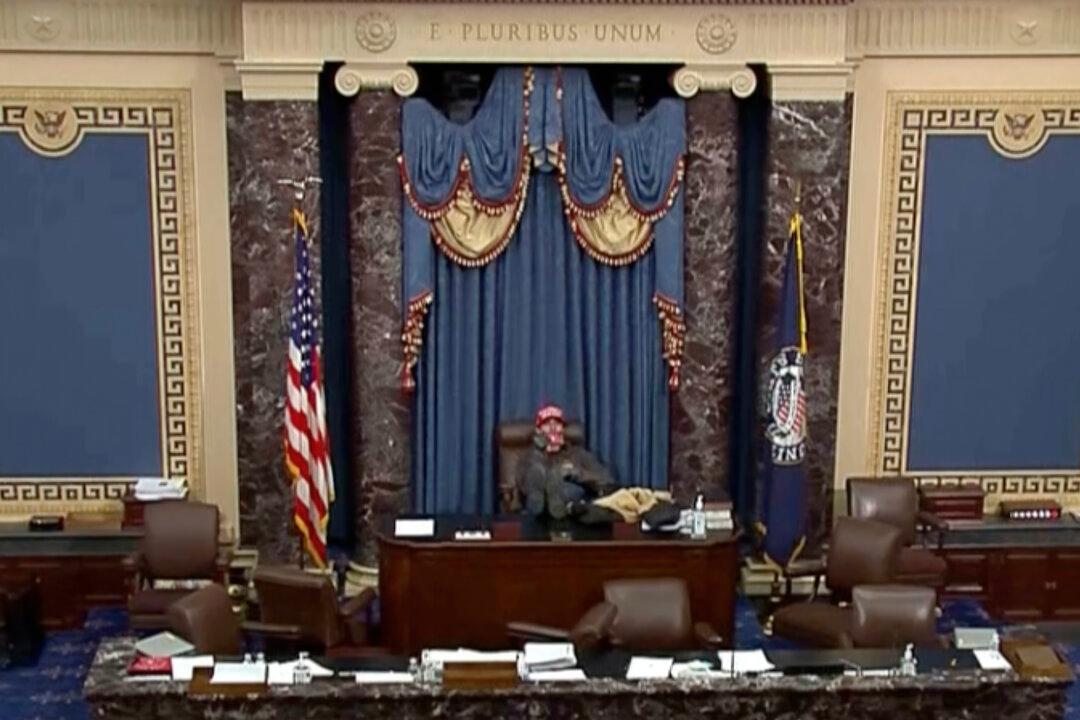One of the youngest people ever to be charged in a Jan. 6 case, a then-high school student who sat in former Vice President Mike Pence’s chair during the Capitol incident, was on Wednesday sentenced to one year behind bars.
Judge Randolph D. Moss issued the sentencing decision on July 26 at the U.S. District Court for the District of Columbia, according to court documents.





